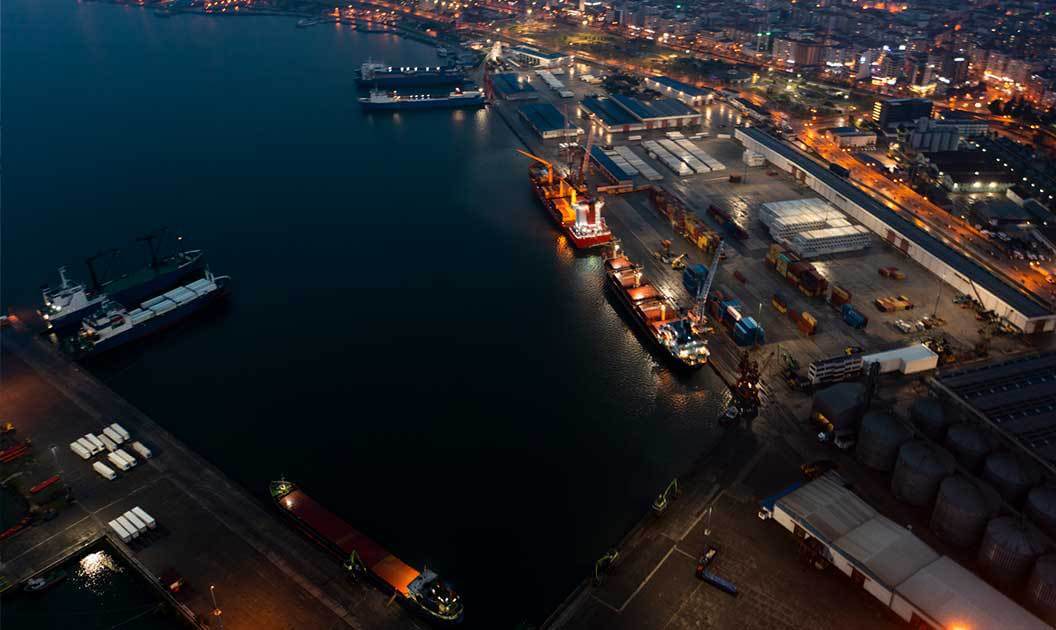
The International Federation of Freight Forwarders Associations (FIATA), says ocean freight forwarding involves managing the movement of goods across international waters. This service simplifies global trade for shippers by giving them support with complex logistics, thereby streamlining their supply chain operations.
Freight forwarding services don’t have to be confusing. We’ll guide you through the inner workings of this helpful logistics operation.
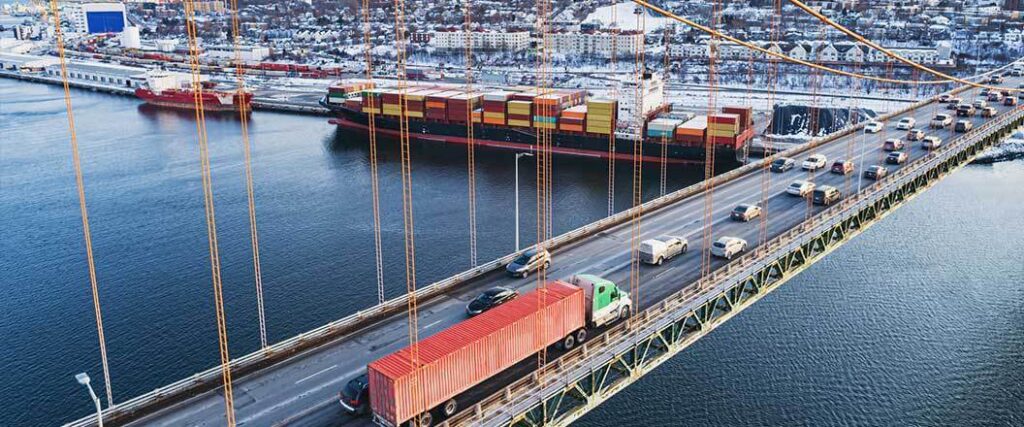
Ocean freight forwarding is a critical service in the global supply chain. Many businesses don’t have the knowledge it takes to send bulk goods to other nations, or plan out import shipments from abroad. This useful service fills that role by meeting the logistical needs of businesses that ship goods internationally.
Ocean freight forwarding offers assistance in the following ways:
Most shippers would struggle with these tasks if they were to move their goods without any help. Thanks to freight forwarding services, international transport becomes easier and more accessible for businesses.
An ocean freight forwarder acts as a middle-man between the shipper and the companies that provide transportation services. As a result, they usually don’t own the vessels to move cargo themselves.
The role of a freight forwarder is to coordinate the shipment of goods with transportation providers in the industry. Ultimately, a freight forwarder wants to find a carrier that’s affordable, fast, and reliable.
While many freight forwarders deal with ocean cargo, they can assist with moving air freight as well. Another option for shippers is to consult digital freight forwarders.
These professionals perform many of the same functions, but use various digital technologies to complete their services. Either freight forwarder variation is a viable option for business that need to ship cargo overseas.
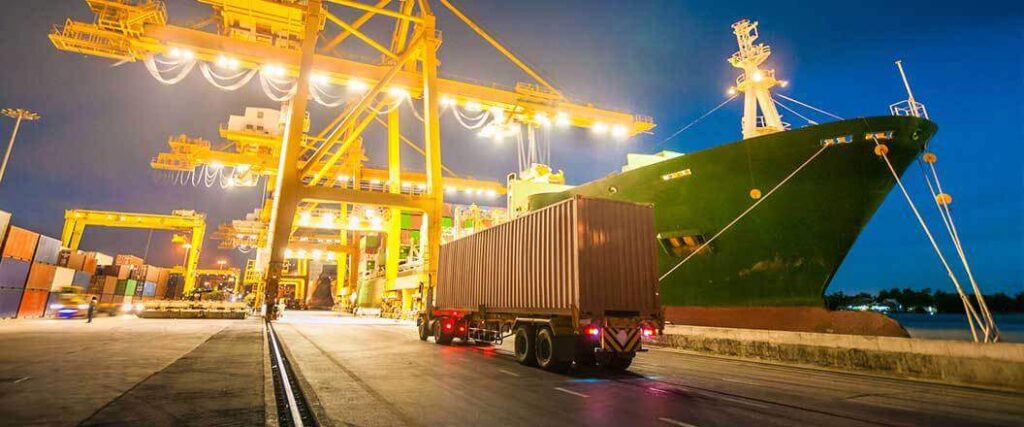
The ocean freight forwarding process is a well-orchestrated set of steps that ensure goods are efficiently moved from one point to another.
Ocean freight forwarding consists of the following steps:
Shippers will need to find a forwarder that suits their needs and budget. These professionals may be self-employed or work with a larger business. It’s important to note that ocean freight forwarding companies with larger networks are more expensive at the onset, but are more likely to have a wider suite of services to offer and have access to better rates.
This means companies can consolidate many of the processes involved in shipping and actually save money in the long-term.
Choosing a carrier is the next step of the process. Businesses should be up front with their freight forwarder about their shipping requirements. This will help them find an ocean carrier that can efficiently transport their cargo.
Shipments leaving the country will face scrutiny from customs. Sea freight forwarders can take care of these requirements. When the shipment arrives in the destination country, foreign customs will need to be cleared as well. Freight forwarders can help you make the needed connections to satisfy these requirements.
This saves you from having to hire a separate customs broker since many forwarding companies offer these services in-house or through a reputable partner.
To learn more, consult our article on the freight forwarding process.
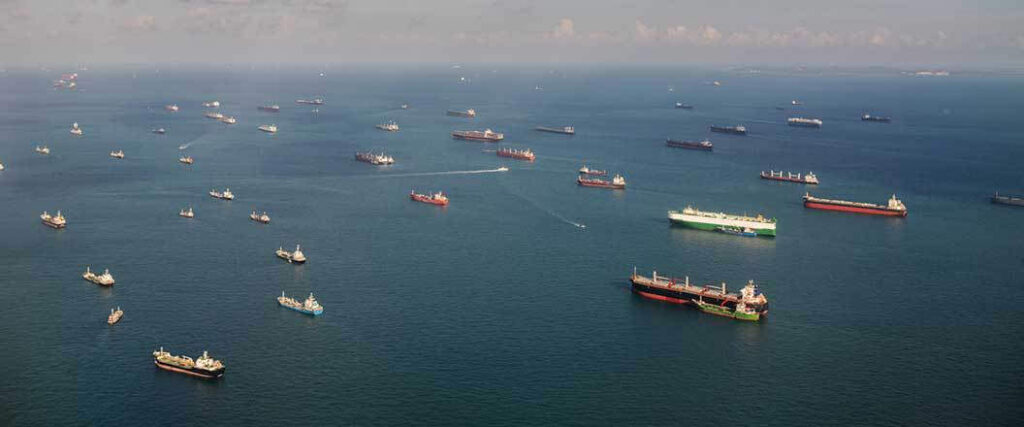
When it comes to moving cargo overseas, there are two ocean freight shipping services forwarders use. These are full container load (FCL) and less than container load (LCL) transport.
FCL transport is when an entire container is filled with one shipper’s cargo. It’s a great option for businesses that need to send goods in bulk. Businesses also have the peace of mind knowing their freight won’t get mixed up with other loads.
In LCL transport, an entire container is filled with cargo belonging to multiple shippers. This is a cost-efficient method when moving cargo in smaller quantities, as it allows each party to share in the expenses.
Giving an exact quote for an ocean freight rate is difficult to do. There are many factors at play that can influence the price of this service.
This includes:
Despite these factors, shippers can at least find a range on how much it will cost to use an ocean freight forwarder. We’ve included some data showing the expenses for these services when moving an FCL load of cargo.
| Container Type | FCL |
| 20 – Foot | $1,9300 – $6,700 |
| 40 – Foot | $1,500 – $7,000 |
Based on industry averages*
FCL shipping costs are calculated based on container size, route, and chassis fee. The chassis fee is the cost to move a container to the final destination from the shipping terminal. This cost will be reflected as a flat rate.
LCL shipments are typically calculated based on volume per cubic meter used. Weight is also a factor, but vessels can carry an extremely large amount of weight during transport. Therefore, the volume of cargo has a larger impact on expenses. LCL shipping can cost anywhere between $100 to $500.
Businesses will have to pay their ocean freight forwarder to cover these expenses and others such as:
These expenses will fluctuate based on the unique features of the shipment.
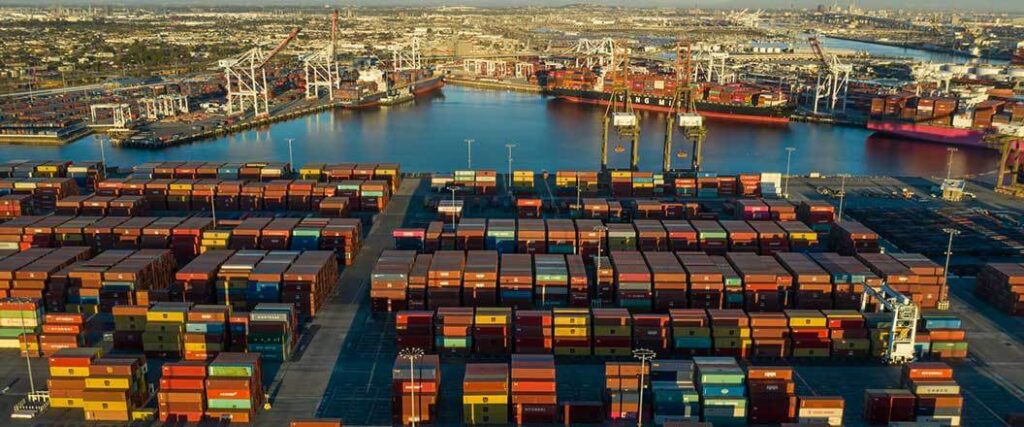
Ocean freight remains the most common way to transport any number of goods internationally. There are many reasons for this, which we’ll discuss in the following sections.
Moving freight using vessel transport may take a while, but it’s much cheaper than other modes of transportation. Compared to air freight shipping, companies are likely to spend anywhere between four to six times less when using ocean freight.
This is because the cost of fuel for cargo vessels is much lower than it is for planes. Similarly, booking space on a ship is cheaper than it is booking space on an aircraft.
If you haven’t noticed, cargo ships are huge compared to a truck or plane. The sheer size of these vessels allows them to transport extremely large amounts of freight.
To get a better idea of how large cargo ships are, consider some of the following data :
The massive size and carrying capacity of cargo ships give them the ability to transport massive amounts of freight. Other modes of transportation simply can’t deliver the same amount of goods at one time.
Container vessels can carry a large quantity of containerized freight. However, certain ships are also capable of moving large and bulky cargo.
Roll-on/roll-off shipping, for example, is used to move cargo that can’t fit inside a container. This type of service is essential when vehicles are loaded and unloaded onto cargo ships by driving them on and off the vessel.
This service is performed using a RORO and ConRO ships. These carriers are perfect for transporting vehicles, including heavy and oversized construction equipment.
Other vessels that can move oversized cargo include:
With so many ship options available, shippers have more flexibility in the cargo they’re able to transport.
Shipping hazardous materials by vessel is a safer option than using air transport. For one, cargo ships provide a stable environment for these products.
This means:
Cargo ships, especially the larger ones, experience minimal vibrations. This lessens the risk of hazardous materials shaking around inside a container and falling over. Goods with dangerous chemicals can be susceptible to damage in warmer or colder climates.
Fortunately, temperatures remain pretty consistent on the open sea. Vessels can’t make sudden movements or sharp turns like other vehicles. Therefore, hazardous cargo won’t be jerked around violently while in transit.
Ocean carriers also use the IMDG code when transporting hazardous freight. These regulations are universally accepted and lets vessel companies transport dangerous goods safely. International Maritime Organization (IMO) maintains and updates IMDG code.
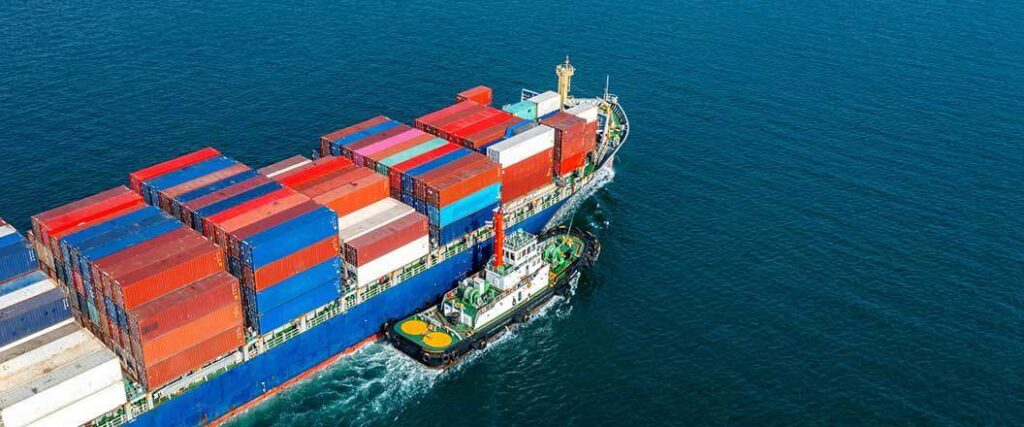
Despite the many benefits that come with ocean freight shipping, there are a few downsides that might make it unappealing to many shippers.
This includes:
An alternative to ocean shipping is international air transport. This method is much faster and goods have a higher level of protection.

In the dynamic landscape of international trade, having a trusted partner like USA Freight Forwarding can make all the difference. We bring expertise, reliability, and a commitment to excellence in ensuring your goods reach the port of destination seamlessly.
Our services include:
In a world that’s constantly moving, let USA Freight Forwarding be the steadfast partner you can rely on. Our track record speaks for itself, and we’re confident in our ability to meet your shipping needs. Interested in exploring how we can simplify your logistics? Call us now at (866) 941-8081 or reach out to us on our site.